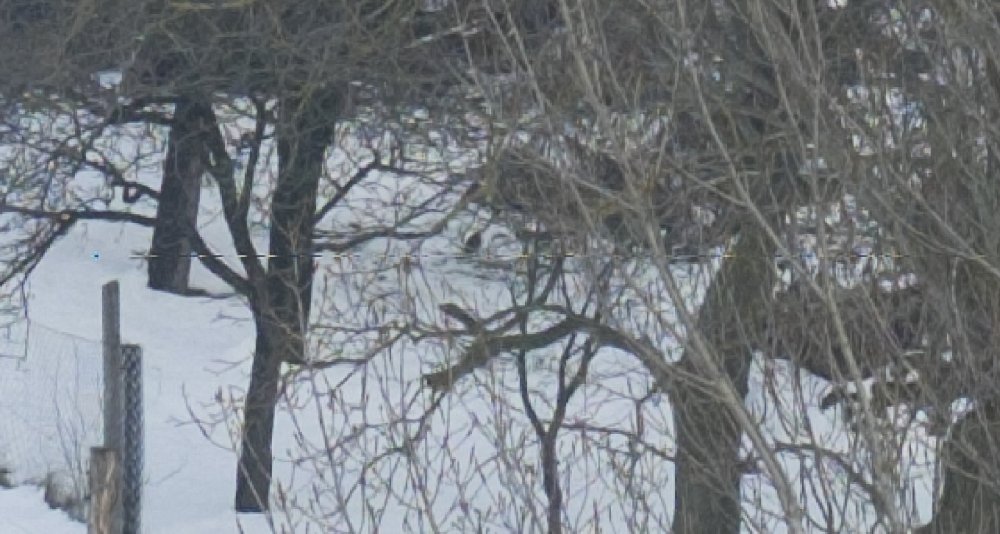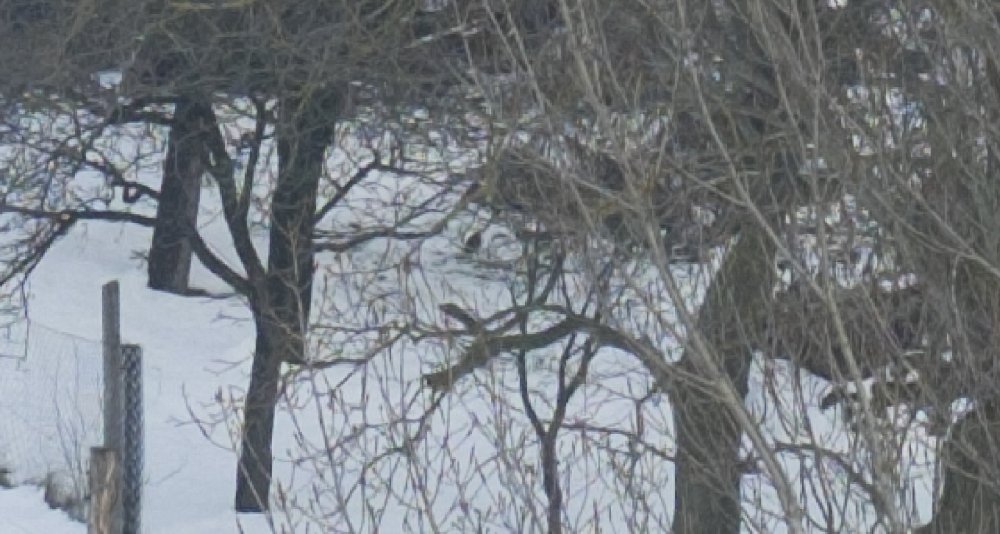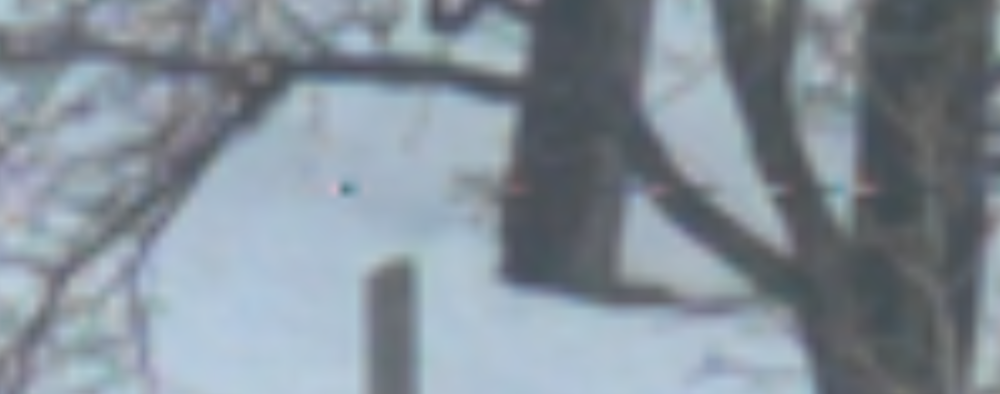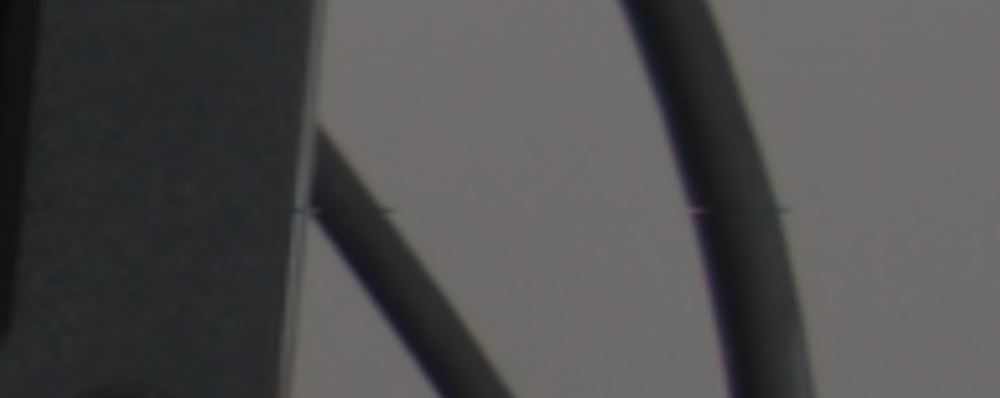
Attila Bakos
Members-
Posts
519 -
Joined
-
Last visited
Content Type
Profiles
Forums
Articles
Everything posted by Attila Bakos
-
Colorizer Fujifilm Film Simulation LUTs for multiple cameras
Attila Bakos replied to Attila Bakos's topic in Cameras
If anyone is interested, there is a new LUT pack for the S5IIX: https://colorizer.net/index.php?op=s5iix Be prepared to watch my very tired face for another 1.5 mins. -
Thanks! Please be aware that the false color generator creates 3D LUTs with a size of 100, this was necessary to enable adjustments by percentage. It will work fine in an NLE but I don't think you'll be able to use it in cameras.
-
If you are interested, I have a free 3D LUT Analyzer tool on my website. Here is how it looks with the N-Log_BT2020_to_REC709_BT1886_size_33.cube applied to a LUT Stress Test image: When you click and hold either the picture, or the RGB parade, or the vectorscope, you can view the "before" state. You can also drag and rotate the 3D Visualization.
-
It's actually the Cr and Cb channels of the YCbCr stream that are heavily compressed, and RGB is constructed from those. I was quite surprised when I checked the chroma details on my S5IIx. It's as bad as Fuji's. It was really clean with the initial firmware, but some of the updates "fixed" it. So I'd do some tests before jumping to Panasonic, if chroma detail is important to you.
-
Check it with Exiftool, you'll see that the file has a tag called "Panasonic Semi-Pro Metadata Xml" (at least that's what I have on the S5IIx), which is actually an XML and it has an element called CaptureGamma, in which you'll see "V-Log" when the clip has been shot in V-Log.
-
ProRes RAW is closer to a true raw as it's not debayered, whereas BRAW is partially debayered (whatever BM means by that). In the end result it won't really make a visible difference, but black belt pixel peepers reported macro blocking issues in BRAW, so it's clearly more processed than ProRes RAW. However, I would just use whichever is supported by my NLE.
-
Colorizer Fujifilm Film Simulation LUTs for multiple cameras
Attila Bakos replied to Attila Bakos's topic in Cameras
No, this LUT pack is only for the X-H2s. It might give acceptable results for all Fuji cameras including the GFX100 as the F-Log implementations are not that different, but I prefer accuracy. -
Colorizer Fujifilm Film Simulation LUTs for multiple cameras
Attila Bakos replied to Attila Bakos's topic in Cameras
The reason here is a bit different though. V-Log L clips at 80 IRE so my LUTs in the V-Log L LUT pack will push that to white. V-Log on the S1 clips at 88 IRE if I remember correctly so any information between 80-88 IRE will be lost, even if the interpretation of the clip is correct (full vs video range). -
Colorizer Fujifilm Film Simulation LUTs for multiple cameras
Attila Bakos replied to Attila Bakos's topic in Cameras
@Walter H Thanks a lot, your feedback is very much appreciated. While the V-Log L version might work for the S1, keep an eye on the highlights, if the LUT clips them, gently pull them down before the LUT is applied. The S5IIx package might be a better choice for you but I haven't started working on it yet. Whenever that's finished and you decide to get them, just let me know before you do :) -
Colorizer Fujifilm Film Simulation LUTs for multiple cameras
Attila Bakos replied to Attila Bakos's topic in Cameras
Hi, the X-H2s Film Simulation LUT pack is finally finished, see the demo video here: Product details: https://colorizer.net/index.php?op=xh2s The F-Log implementation on the X-H2s is slightly different from that of the X-H2/X-T5/X100VI, but the difference is very small, so you might be able to use this pack on those bodies as well. If you send me clips I can apply all the LUTs just to make sure. (I only have access to an X-H2s at the moment.) I also added extra LUTs to the X-T3 LUT pack: - Classic Neg - Nostalgic Neg - Eterna Bleach Bypass This is a free addition to anyone who purchased this LUT pack before. Product details: https://colorizer.net/index.php?op=xt3 About the future: I invested a lot of time into the original EOS R to create Fuji Filmsims for C-Log but I faced many technical difficulties I could not solve. The thing is it reacts very differently to changes in light compared to the Fuji and the resulting LUTs were only precise in very specific lighting conditions. I also have an R6II in the house so I might focus on that body instead, maybe that's a better match for what I'm trying to do here. I also have an S5IIx with me, we'll see what I can do with that camera, I'm very curious about the realtime LUT feature. -
FYI that's an F-Log DCTL, I thought you wanted an F-Log2 one, which androidlad posted already.
-
That's why I asked. A CTL is not a DCTL, you can change the extension and add the necessary line, it will then show up in the IDT list, but it won't be executed, I assume it even generates some error logs in the background.
-
May I ask how you installed the IDT? I didn't follow Resolve development lately but I was under the impression that they only support DCTL format. What Fuji provides is in CTL format, for me it doesn't even shop up in the IDT list, even though I copied it to Resolve's IDT directory.
-
Thank you, the smoothing is there, no doubt about it.
-
Thanks for the link, but it's really hard to judge from these samples. From what I see I don't think Fuji changed anything, but I'll keep checking when new samples pop up. I spent quite some time recently to see how they handle skin tone colors compared to Canon. They try to equalize hue and luminosity to an extent we still consider natural when looking at it. It already hides some of the skin issues, but you don't even notice this unless you compare to an other camera. Then there is the chroma smoothing which adds another layer of flattening, so I tend to think this is all on purpose, to produce a flat looking skin, which is something a lot of people love. For this reason I don't think Fuji would ever remove this "feature", unless the majority of people start to demand something else.
-
It's a Fuji thing, it was there on the GFX line as well.
-
I'd bet a huge amount that it still uses the good old chroma smoothing, but the specs are lovely and I'm ready to be surprised. According to the latest rumor it's $7500.
-
Without testing it's hard to say who's responsibility it is 🙂 Of course now I know that it happens in the Video Assist as well, it's clear that it's Fuji's fault, but I didn't know that for a long time, neither did they, yet their effort was as low as possible.
-
I'm fed up with Atomos, I wasted a huge amount of time doing tests for them for the stuttering issue in ProRes RAW. They didn't even try to replicate it. I reported the problem at the 8th of February, since then I provided tons of test material. And where are we now? They still think it's my unit, or my SSD or my HDMI cable even when I told them I tested with multiple units, multiple cables and SSDs. Unbelievable. In the meantime some other guy asked BlackMagic about the same issue (so apparently this is related the the X-H2s), and they sent it to their engineering team right away, they reproduced it and notified Fujifilm about it. HUGE difference between the two supports. Seriously, even Fuji is better than Atomos, because they don't reply at all, so you won't waste your time with them 🙂
-
I could only download one example which did not have it but I don't want to base my opinion on one example only. Does anyone have downloadable 6.2k BRAW from the X-H2s? However people already confirmed to me that BRAW also has the stuttering issue so it's definitely a Fuji problem. In general I would prefer ProRes RAW since it's true raw in a sense that it's needs the same processing as a common raw file after it's decompressed. BRAW seems to be more processed with slightly less color detail, but I believe you'll only see it when pixel peeping. The obvious difference is that BRAW works in Resolve, which is a big plus given how large these files are, it can be a pain to convert ProRes RAW. But anyway both of them are unusable at the moment, I have a feeling that we only have raw for marketing reasons in this body. With the current issues and less DR it's garbage.
-
I analyzed the raw data in the DNG converted from ProRes RAW and now I know exactly how it's messed up. I adjusted my tool and I think I have a working fix now. It fixes the raw data itself, so the result will be perfect in every software that reads DNG. Before (see the broken line in the middle): After: I'm still testing my tool, it can read 12/16bit DNG, uncompressed, or lossless compressed, the lossy formats are not supported. It uses multiple threads, on my recent i7 laptop it converts with 25-35fps. It's a pain to convert twice but at least I got it working, and learned a bit of C++ on the way. If only I could fix the framerate issue as well, but no chance for that.
-
I just recorded 2 minutes of 3584 x 1730 14bit (I stopped it after 2mins). It was a scene with very fine details from edge to edge, to give the compression a hard time. If you don't ETTR in this mode, you should be fine, I don't know why you only get seconds (I suppose global draw is off).
-
Do you have the latest custom build from Danne? For me 3584x1730 at 14bit is continuous, as long as I don't have clipped highlights. 12bit is hard to break.
-
Remember we discussed earlier that X-H2s 6.2K ProRes RAW has a hot pixel at the exact same location for everyone? I spent days to create an executable in C++ that removes that hot pixel from the DNG raw file created from ProRes RAW. I was just about to post it here but then I noticed that this is not a hot pixel issue at all! All pixels in the same row right from the hot pixel are shifted towards the right. See here: It starts with the hot pixel, and it goes all the way to the right edge. Or here (this is the right edge of an image, you don't see the hot pixel here, it's somewhere in the middle): Atomos says it's Fuji's fault, and as usual, Fuji couldn't care less. Atomos is also silent about the framerate bug I discovered. A new firmware was released just now and it's not fixed, it's not even listed in the known bugs. Stuff like this makes me really disillusioned.
-
The maximum I could get out from my 5D3 is 3584 x 1730 in 14bit lossless. That's not binned, it uses a 1.6x crop. We are now at around 150MB/s maximum with card spanning, sd card overclocking and several hacks to boost performance. And some talented people are still tweaking this thing.







